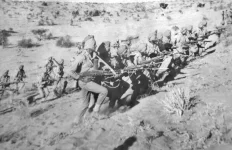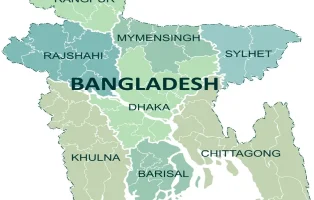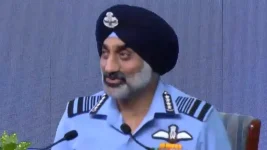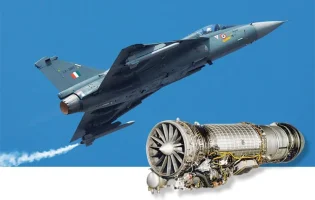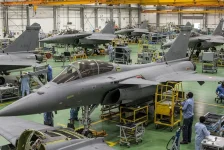- Views: 1K
- Replies: 18

The Indian Air Force (IAF) is looking into the possibility of restoring some of its most historically significant aircraft to flying condition. This initiative aims to preserve and showcase the rich aviation heritage of the IAF.
The service's current vintage fleet boasts two iconic aircraft: the de Havilland Tiger Moth, a classic biplane trainer, and the Harvard, another well-known trainer. Now, the legendary Hawker Hunter fighter jet is being considered for inclusion.
Besides the Hunter other historic aircraft of IAF, are also marked to be restored. The versatile Dakota DC-3 transport aircraft, famed for its role in various military operations. The World War II-era Hurricane and Spitfire fighters, are also set for restoration.
Once restored, these aircraft are intended for use in flying displays, offering a glimpse into India's aviation past. The Dakota DC-3 played a particularly crucial role in the 1947-48 Indo-Pak War, airlifting troops into Srinagar to defend Kashmir.
The Hawker Hunter, a British-designed transonic jet fighter, played a crucial role in the 1971 Indo-Pakistani War. It was instrumental in achieving air superiority for India during the conflict.
According to records, the Hunter was responsible for destroying numerous Pakistani tanks and aircraft.
The IAF eventually retired the Hunter from active service in the late 1990s, but several airframes are reportedly still in storage, in relatively good condition.
Globally, some Hawker Hunters continue to fly under private ownership, a testament to the aircraft's robust design and lasting capabilities.
However, while the IAF is exploring the possibility of reviving the Hunter, a final decision has not yet been reached. The project faces considerable hurdles, including sourcing spare parts, confirming the airworthiness of the aircraft, and undertaking the substantial restoration work needed for a jet that first flew in the 1950s.
According to the UK's Imperial War Museum, the Hawker Hunter first entered service with the Royal Air Force in 1954.
Bringing vintage aircraft, particularly jets like the Hunter, back to flying condition demands expert knowledge. This includes not only standard aircraft maintenance skills but also a deep understanding of historical aircraft technology.
The financial investment required is also substantial, covering the cost of parts, labor, and compliance with current safety regulations. Furthermore, careful logistical planning is needed for the storage, ongoing maintenance, and public display of these historic aircraft.

